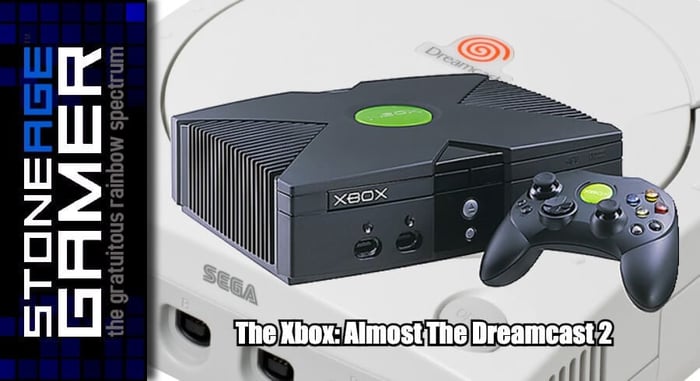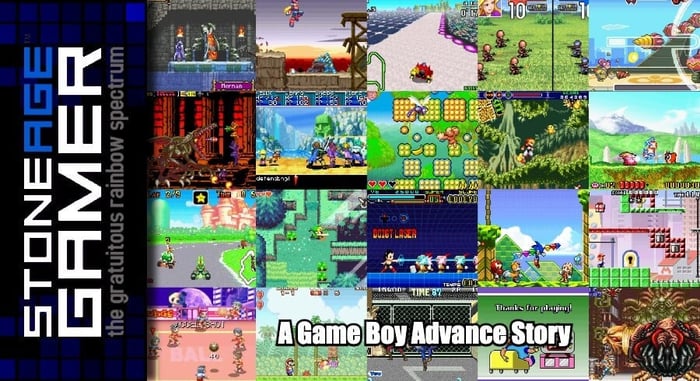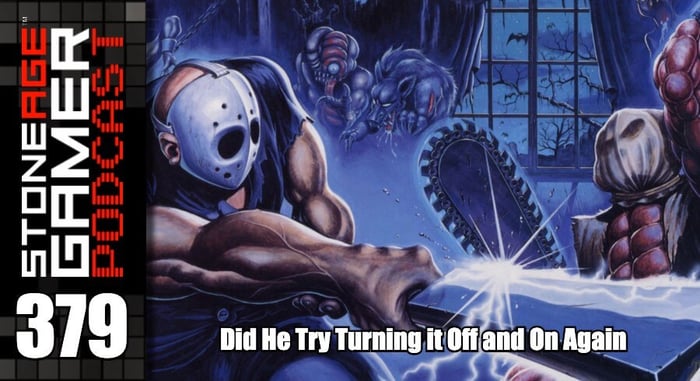
The Xbox: Almost The Dreamcast 2
The Console Wars of Old
It’s crazy to imagine a time when Microsoft wasn’t a player in the video game console market. For old farts like myself who grew up during multiple console wars, seeing the “big three” today as Nintendo, Sony, and Microsoft will always have a certain surreal quality to it, but as evident by some of the more recent Sonic the Hedgehog discourse on the internet, there’s an entire generation of gamers out here who simply weren’t around for the Nintendo, Sony, Sega war, let alone the Atari, Mattel, and Coleco one.
Microsoft effectively replaced Sega once they exited the console making market, but in more ways than just being the third player in the console wars. When Sega went third party, they released a bunch of games on the platforms that effectively killed their beloved Dreamcast, a fact that drew some ire from longtime Sega fans.
The Dreamcast was a very well-loved console by those who had it. Unfortunately it just didn’t have what it took to stave off competition from Sony in particular, and when the GameCube and Xbox hit the market, Sega simply ran out of steam.
What made some fans upset were the choices of where Sega’s games were going to land. A lot of them felt that Nintendo should have been the future home of all Sega stuff because of their long standing rivalry. Others felt PlayStation was the best fit because PS2 was the undisputed king of the hill. But while games like Virtua Fighter and Billy Hatcher did in fact land on those platforms, it was Xbox that got the lion’s share of killer Sega games, many of them completely exclusive to the platform.
Serious Sequelitis
When thinking back to what made the original Xbox special, it's not hard to look at its library and see certain parallels with the Dreamcast. Yes, it had a ton of mainstream third party games, but it had a bunch of interesting quirky games too. Stuff like Raze’s Hell and Stubbs the Zombie were games that would have felt right at home on the Dreamcast had it lived long enough to see them. More than that though were Sega’s own beloved franchises getting shiny new iterations exclusively on Microsoft's new platform.
To start, there were actual sequels to Dreamcast games that weren’t available anywhere else. Jet Grind Radio made some pretty big waves when it was released, and its direct sequel was such an Xbox exclusive that it was actually bundled in with consoles for a while along with a new version of Sega GT. It’s not quite as beloved as its Dreamcast counterpart, but it’s still a darn cool looking and sounding game.
Along those same lines we have Crazy Taxi 3. The original Crazy Taxi on Dreamcast was a huge hit for the platform. It was indeed an arcade port, but the state of US arcades at the time meant that for most people the Dreamcast version was their first experience with it, and it was such a fun game that it was an instant success. A sequel followed on Dreamcast, but when it came time for number 3, the Xbox got it. Not only that, but it was (and still more or less is) exclusive to that platform.
Speaking of arcade ports, The House of the Dead III was also exclusively ported over to the Xbox. House of the Dead 2 was a pretty sought after killer app when the Dreamcast launched for its arcade perfect visuals and fun at home light gun gameplay. Of course the light guns on console landscape had changed quite a bit by the time HOTD3 hit Xbox, but it was still a minor success for the company, and a serious joy for fans of the franchise to have at home.
But there probably isn’t a larger Dreamcast followup that hit Xbox exclusively than Shenmue II. This one was actually supposed to be a Dreamcast game originally, and in fact was released on the platform outside the US, but here in the States, the only way to play Shenmue II was on Xbox. When the original Shenmue launched, and honestly before it launched as well, it was a high water mark for what kind of graphics could be achieved on the Dreamcast. Sure, looking at it now is downright hilarious in many ways, but back then those visuals were incredibly impressive, and the game sold fairly well. So its highly anticipated sequel landing exclusively on Xbox was a pretty big get, especially for a company that was struggling to get a foothold with the Japanese gaming market.
Blasts from Sega’s Past
It wasn’t all Dreamcast sequels though. In fact, Sega published a pair of follow ups to some of their most beloved lapsed franchises exclusively on Xbox. Sega Genesis stars ToeJam & Earl got a brand new third installment in the form of ToeJam & Earl III: Mission to Earth. It certainly wasn’t the sequel a lot of fans had been clamoring for, and was to an extent not the game the creators had hoped to make either, but it was still an official follow up to the two original Genesis games, and for those who actually took the time to play it, it was fairly well liked.
For the Saturn crowd, Sega delivered Panzer Dragoon Orta. Steering away from the RPG setting established in Panzer Dragoon Saga, Orta plays more like a modern version of the first two games. It’s a rail shooter with amazing visuals, memorable moody music, and it was a whole lot of fun to play.
Then there’s the original stuff. Sega published the Otogi games from FromSoftware, way before their Souls stuff hit the market. These two games were visual stunners and laid some interesting groundwork for what eventually become FromSoftware’s signature style. Gunvalkyrie from Smilebit also earned itself a bit of a cult following its time.
And this doesn’t touch on all the multiplatform stuff like Sonic, their 2K sports label, and more. It was simutaleousnly a difficult and bountiful time to be a Sega fan. On one hand, there weren’t any more Sega platforms to look forward to, but on the other hand, their games continued on in some pretty wonderful ways. There are certainly worse fates for a video game company to suffer, and the Xbox arguably got the best end of the deal.





